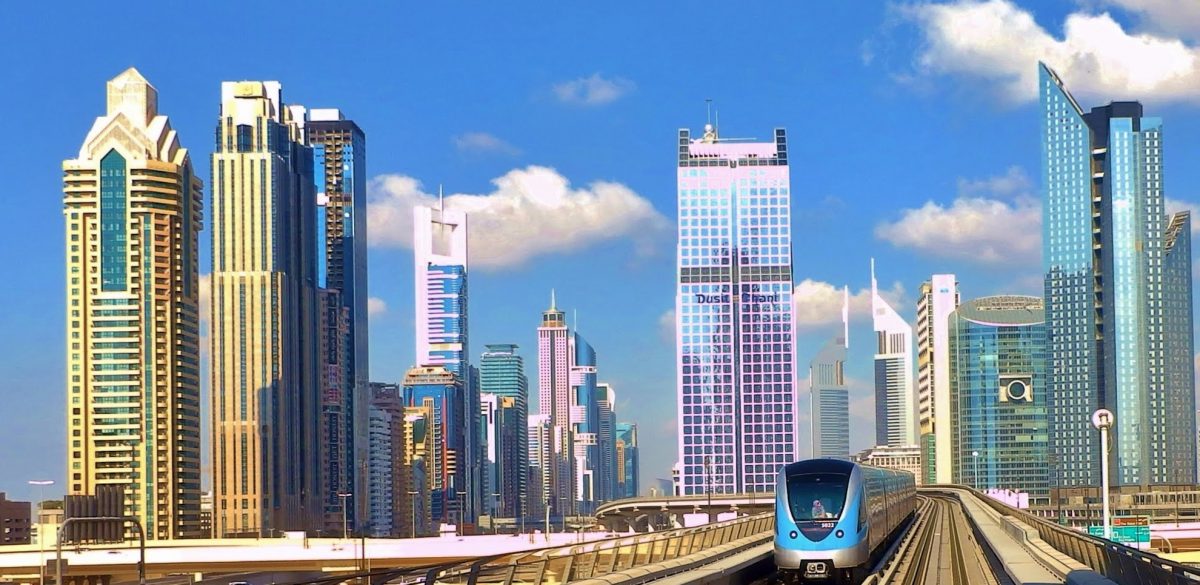Cities that have evolved organically over centuries or even millennia can be challenging to retrofit with technology. Urban planning mistakes of the past, such as sprawl, may be deeply rooted, and creaky legacy infrastructure is hard to overhaul. Bold rebuilding projects have high price tags and impose disruption on existing residents.
These realities have led some governments, private-sector companies, and investors to try a radical approach: building entirely new smart cities from the ground up. This affords the luxury of a blank canvas and the opportunity to bake technology into every aspect of the built environment — although the capital requirements are formidable.
These projects can build housing at scale and incorporate forward-thinking urban planning. Some rapidly urbanizing developing countries are pursuing greenfield strategies to ease the pressure on established cities where population growth has outstripped housing supply and strained infrastructure systems.
Below is a small sample of greenfield projects rising around the globe:Songdo, South Korea
With gleaming buildings and green spaces, South Korea’s Songdo development is highly energy efficient, highly digital, and highly surveilled. Household waste is sucked directly from homes and whisked through a network of tunnels to processing centers for sorting and treatment, eliminating the need for garbage trucks.
Belmont, Arizona, USA
In Arizona, an investment group including Bill Gates is backing Belmont, a planned smart city outside Phoenix that will consist of some 80,000 homes plus commercial and open space. The entire community will be wired with high-speed networks and sensors, and its streets and traffic signals will be designed to accommodate autonomous vehicles.
The Quayside area of Toronto, Canada Toronto has entered a public-private partnership with Alphabet’s Sidewalk Labs subsidiary to turn a large parcel on the city’s waterfront into a futuristic community. The project, still in the planning and approval stage, calls for self-driving cars and other integrated mobility options; walkable, mixed-use neighborhoods with affordable housing and open spaces; and sustainable design to minimize energy consumption, waste, and emissions.
NEOM, Saudi Arabia
Saudi Arabia’s Crown Prince Mohammad bin Salman Al-Saud announced a $500 billion investment to develop NEOM, which is envisioned as an innovative new urban ecosystem on the Red Sea coast. Construction has already begun, with the first phase expected to be completed in 2025. NEOM is conceived as zero-emissions zone that will further wind and solar energy technologies and also focus on how smart cities can deploy robotics to handle repetitive tasks.
Masdar City, UAE
In the United Arab Emirates, Masdar City is a master-planned live-work community with an emphasis on sustainability. An investment zone designed to attract a clean-tech innovation cluster, it is powered entirely by renewable energy and includes high-performance, low-carbon buildings.
Dholera, India
Along the Delhi-Mumbai Industrial Corridor, Dholera is being billed as India’s first and largest smart, sustainable greenfield city. As it takes shape, digital fiber is being embedded into roads, and tens of thousands of sensors are being installed and connected with a central operations center. With smart infrastructure, integrated transit networks, and a new international airport and logistics hubs, Dholera is eventually meant to house a population of two million. The government is offering incentives to attract anchor industries.
To learn more about how cities around the world are using smart technology, download our report,
Smart cities: Digital solutions for a more livable future.
Source:https://bit.ly/3aaIxxb

